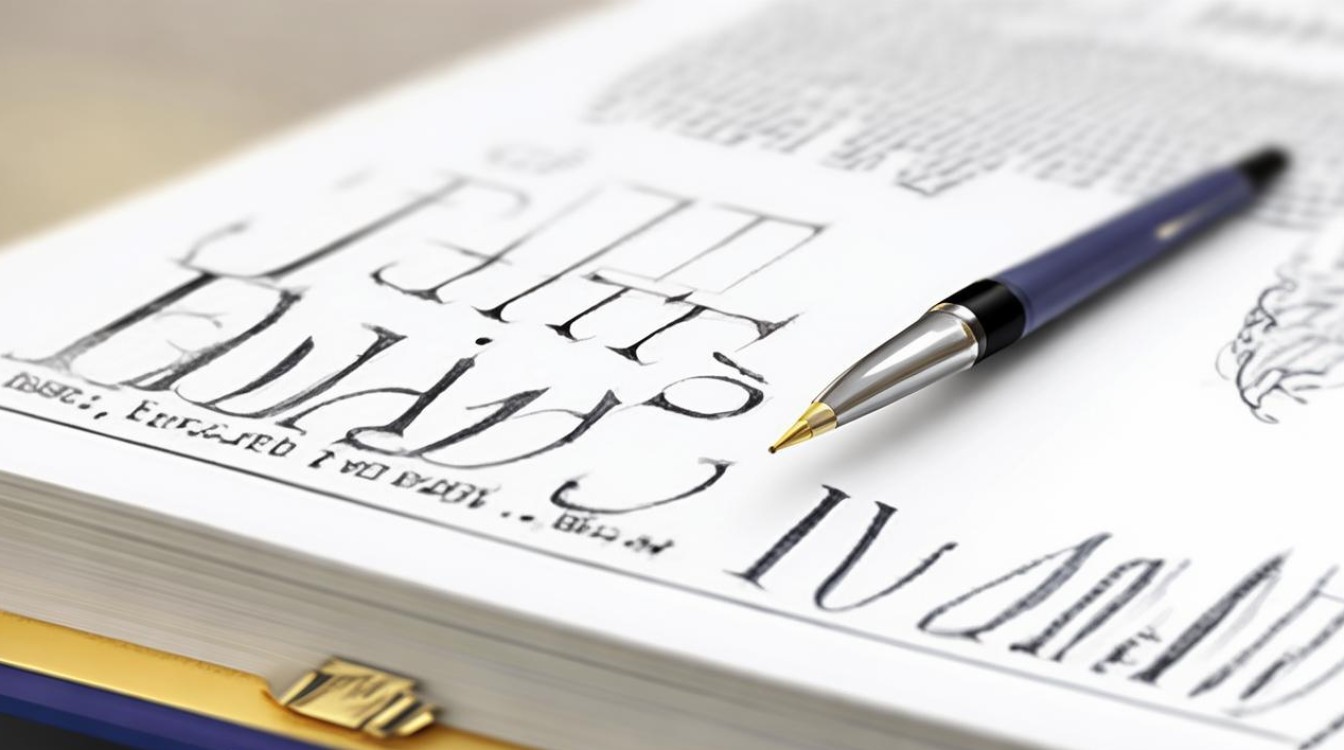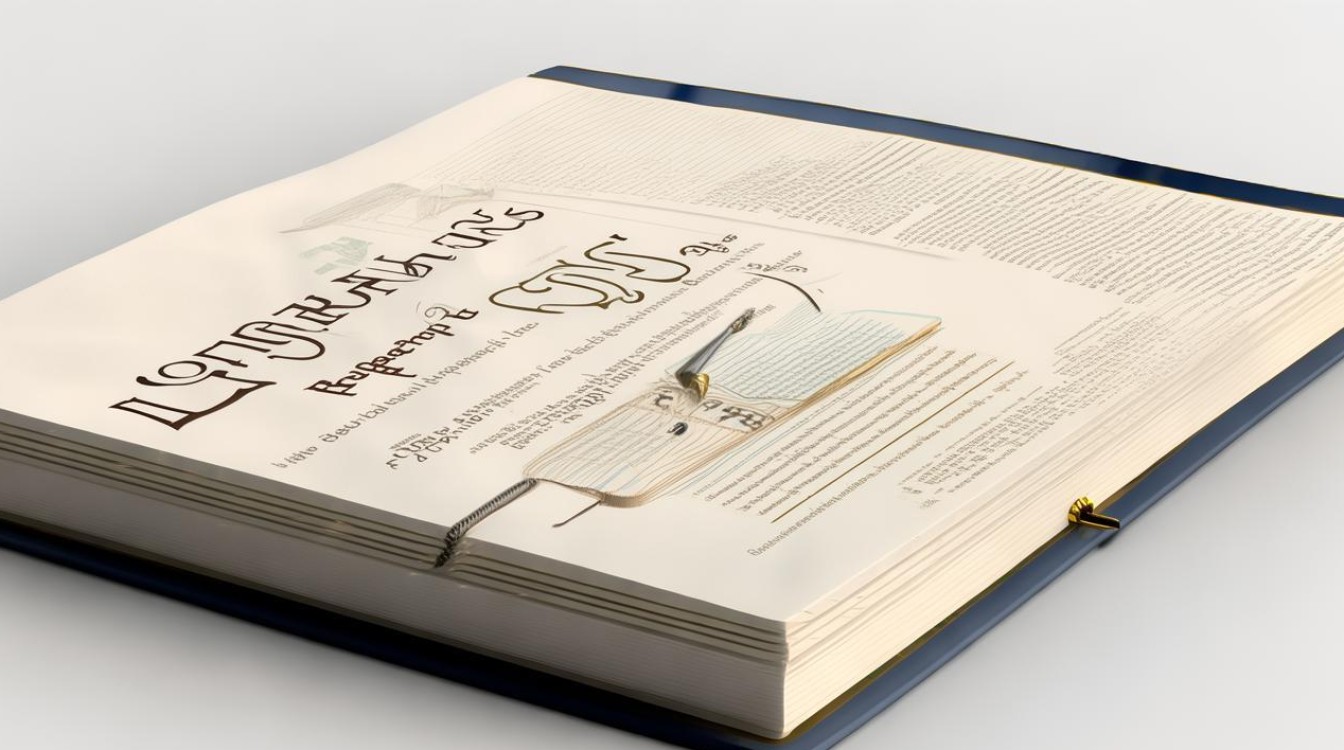The IELTS Writing Task 1 report is a critical component of the Academic module, designed to assess your ability to interpret and describe visual data accurately. Unlike opinion essays, report writing demands a structured approach, precise vocabulary, and clear comparisons. This guide explores proven strategies to achieve Band 7+ by analyzing key elements of high-scoring reports.

Understanding the Task Requirements
Examiners evaluate reports based on four criteria:
- Task Achievement – Accurate data representation with a clear overview.
- Coherence & Cohesion – Logical paragraphing and linking devices.
- Lexical Resource – Topic-specific vocabulary and paraphrasing.
- Grammatical Range – Complex sentence structures and tense consistency.
A common mistake is treating reports as narratives. Instead, focus on objective analysis. For example, when describing a line graph showing population growth, avoid subjective phrases like “the numbers shockingly increased.” Use neutral language: “The figures rose sharply from 1990 to 2000.”
Step-by-Step Report Structure
Introduction (1-2 Sentences)
Paraphrase the question using synonyms. For instance:

- Original: The chart shows energy consumption in Australia from 1980 to 2020.
- Rewritten: The illustration outlines energy usage patterns in Australia over a 40-year period.
Overview (2-3 Sentences)
Highlight the most significant trends without citing specific data. Identify:
- Highest/lowest values.
- Overall increases/decreases.
- Notable exceptions.
Example for a bar chart comparing transport preferences:
“While cars remained the most popular choice, bicycle usage saw the steepest growth. Public transport use fluctuated marginally throughout the period.”
Body Paragraphs (2 Paragraphs)
Group data logically by time periods, categories, or similarities. Use:

- Comparatives: “Coal consumption was higher than nuclear energy in all years except 2010.”
- Approximations: “Approximately three-quarters of respondents preferred online shopping.”
- Peaks/Plateaus: “Sales peaked at 45% in Q2 before stabilizing.”
Essential Vocabulary and Grammar
Trend Language
- Upward Movement: surge, climb, escalate.
- Downward Movement: decline, plummet, dip.
- Stability: plateau, stagnate, remain constant.
Data Representation
- Fractions/Percentages: “One-third of households...” / “Just under 50%...”
- Prepositions: “Prices rose by 10%” (change) vs. “Prices rose to $200” (endpoint).
Tense Usage
- Past Data: “In 2005, emissions reached their highest level.”
- Projections: “Renewable energy is predicted to dominate by 2050.”
Common Pitfalls and Fixes
- Over-Description – Avoid listing every data point. Prioritize extremes and patterns.
- Inaccurate Units – Confusing “millions” with “billions” lowers Task Achievement scores.
- Repetitive Phrases – Vary synonyms: “proportion” → “percentage” → “share.”
Practice Exercise Analysis
Consider this table showing smartphone ownership by age group:
| Age Group | 2010 (%) | 2020 (%) |
|---|---|---|
| 18-25 | 35 | 92 |
| 26-40 | 28 | 85 |
| 41-60 | 12 | 63 |
Sample Overview:
“Smartphone ownership increased across all age brackets, with the youngest demographic exhibiting the highest adoption rates. The most dramatic rise occurred among 41-60 year-olds.”
Body Paragraph Excerpt:
“In 2010, only 12% of 41-60 year-olds owned smartphones, but this figure quintupled to 63% by 2020. Meanwhile, 18-25 year-olds consistently led other groups, reaching 92% penetration in the final year.”

Final Tips for Band 8+ Reports
- Time Management: Spend 3-5 minutes planning before writing.
- Proofreading: Reserve 2 minutes to check for subject-verb agreement and article errors.
- Visual Diversity: Practice maps, process diagrams, and pie charts to build versatility.
IELTS report writing is a skill of precision, not creativity. By mastering data selection, grammatical accuracy, and lexical variety, you transform raw numbers into a compelling narrative. Consistent practice with timed conditions will refine your ability to spot trends swiftly and articulate them with clarity.
The difference between a Band 6 and Band 8 report often lies in subtle details—appropriate tense shifts, nuanced comparisons, and a polished overview. Approach each chart as a puzzle where your task is to highlight its most revealing pieces. With strategic preparation, this segment can become a reliable score booster in your IELTS journey.

